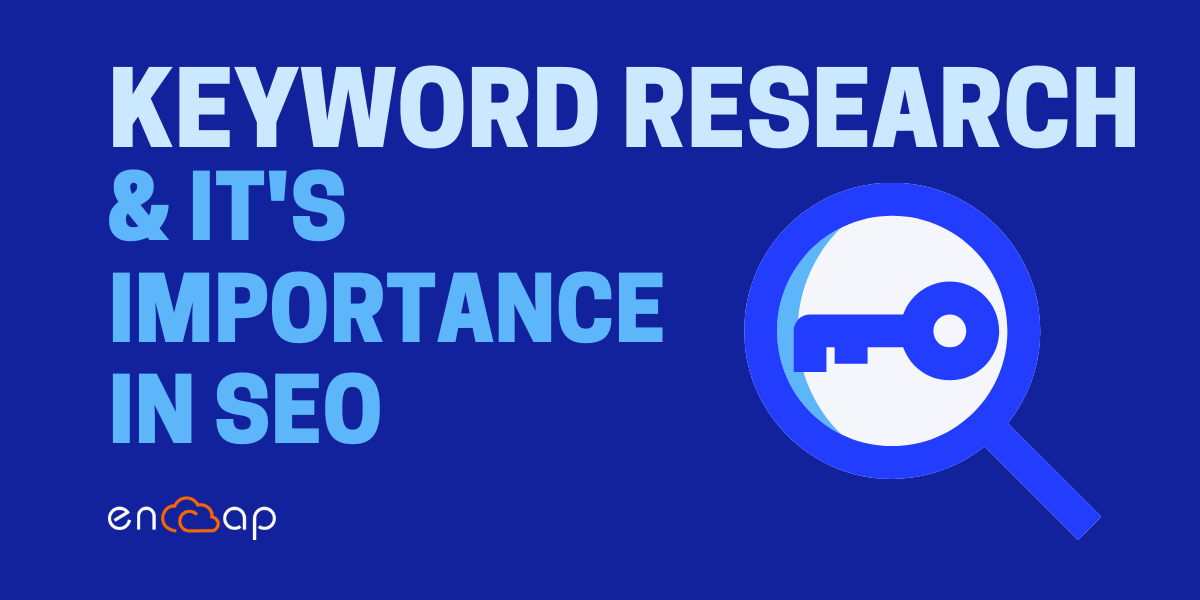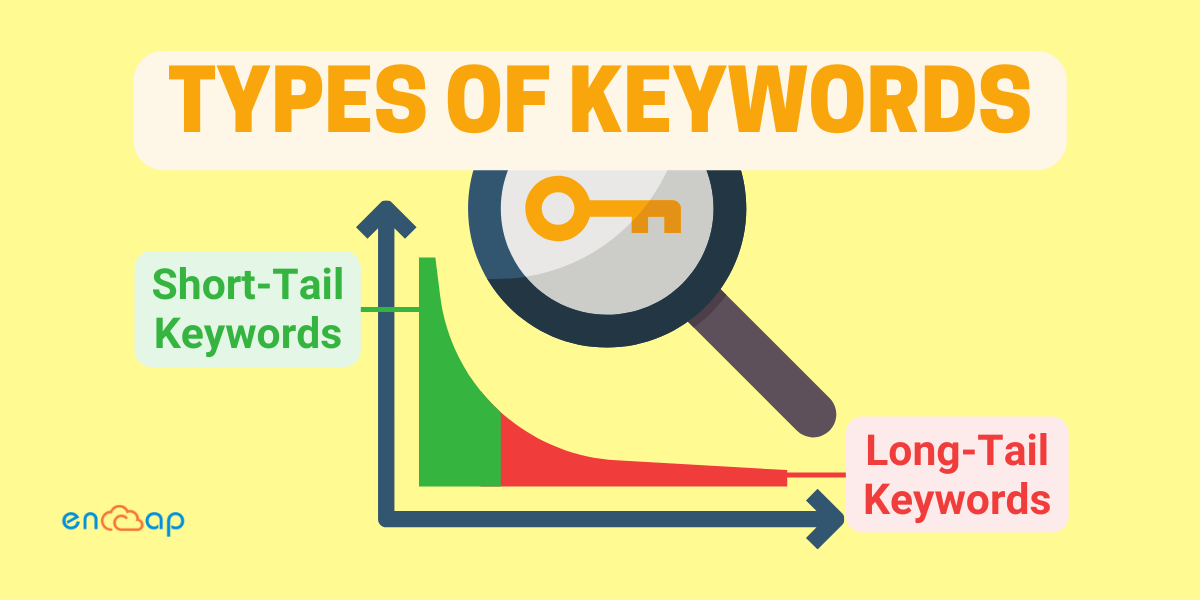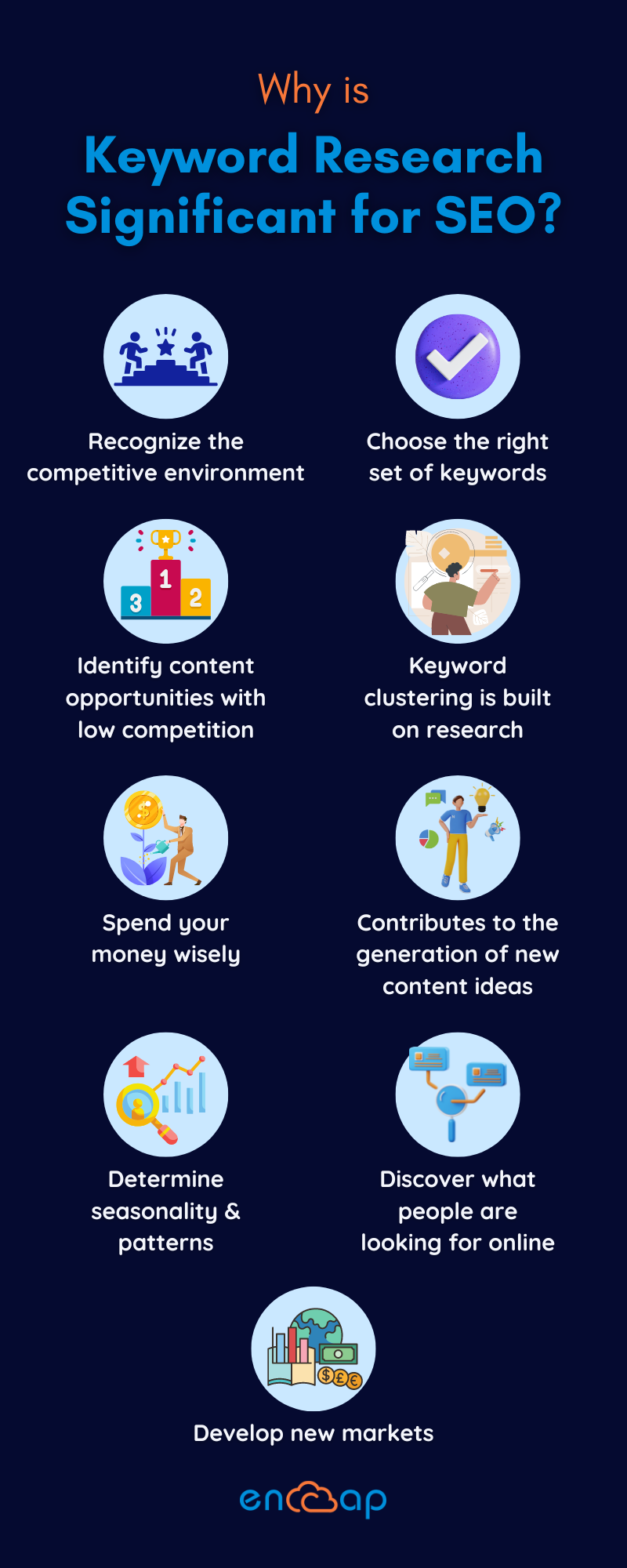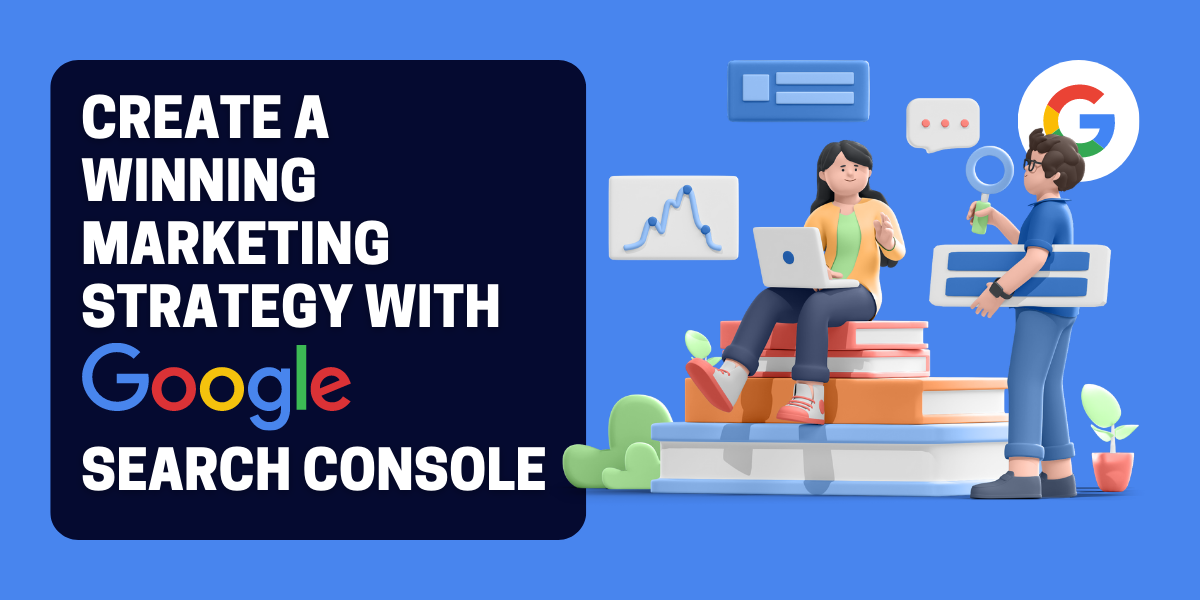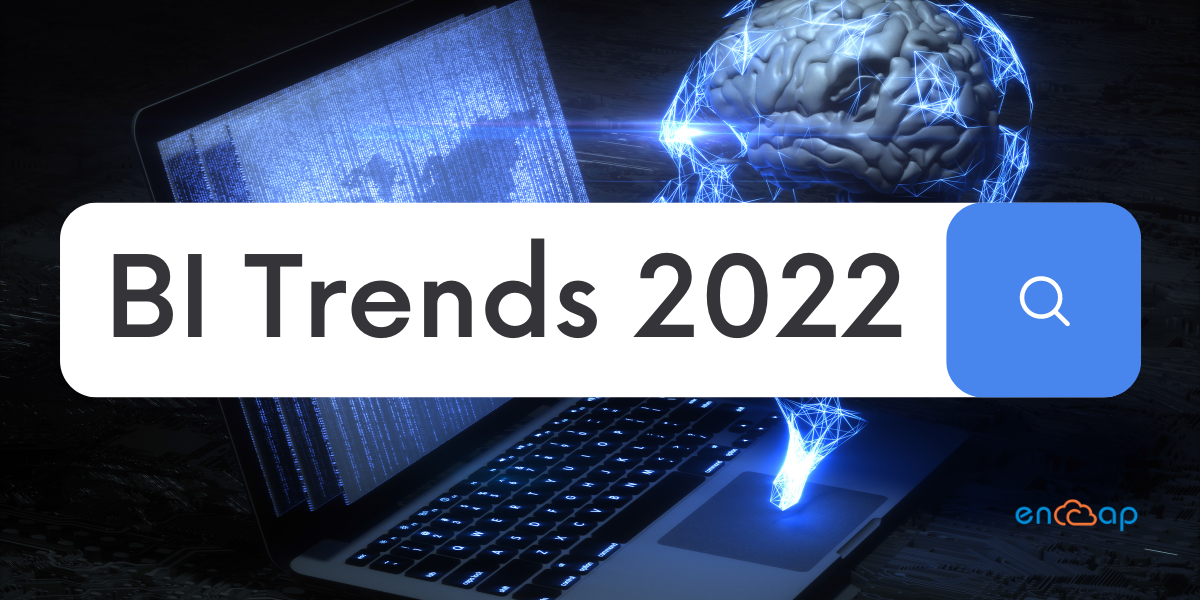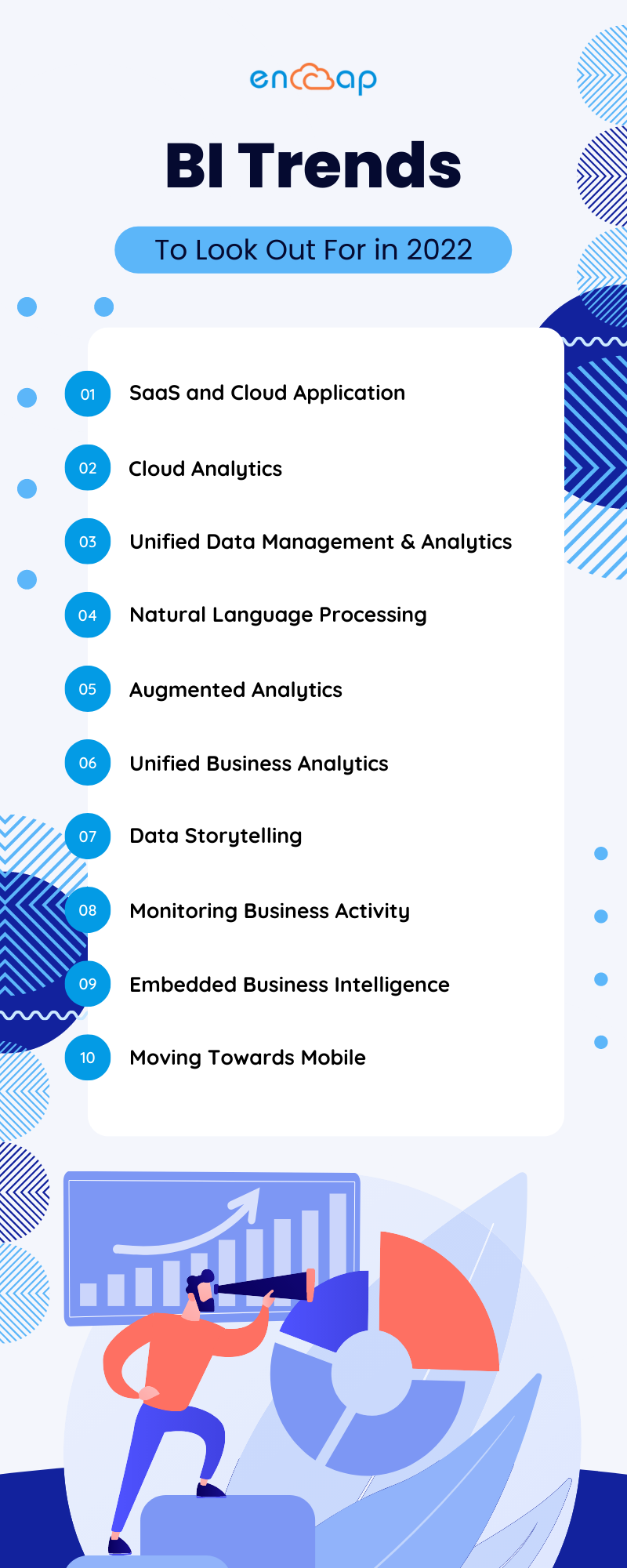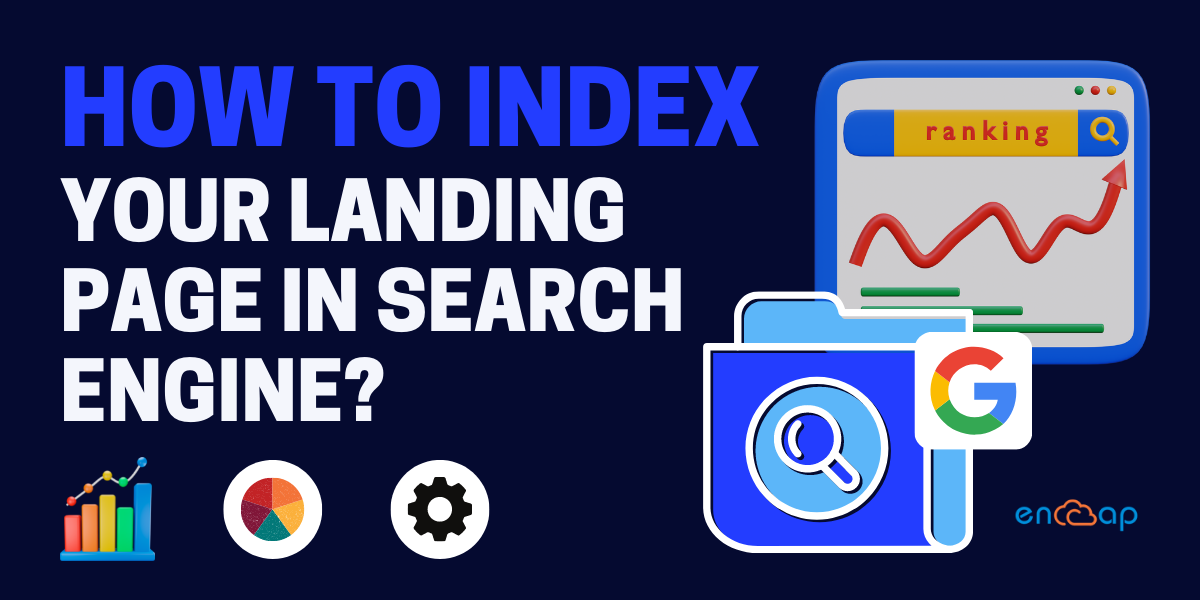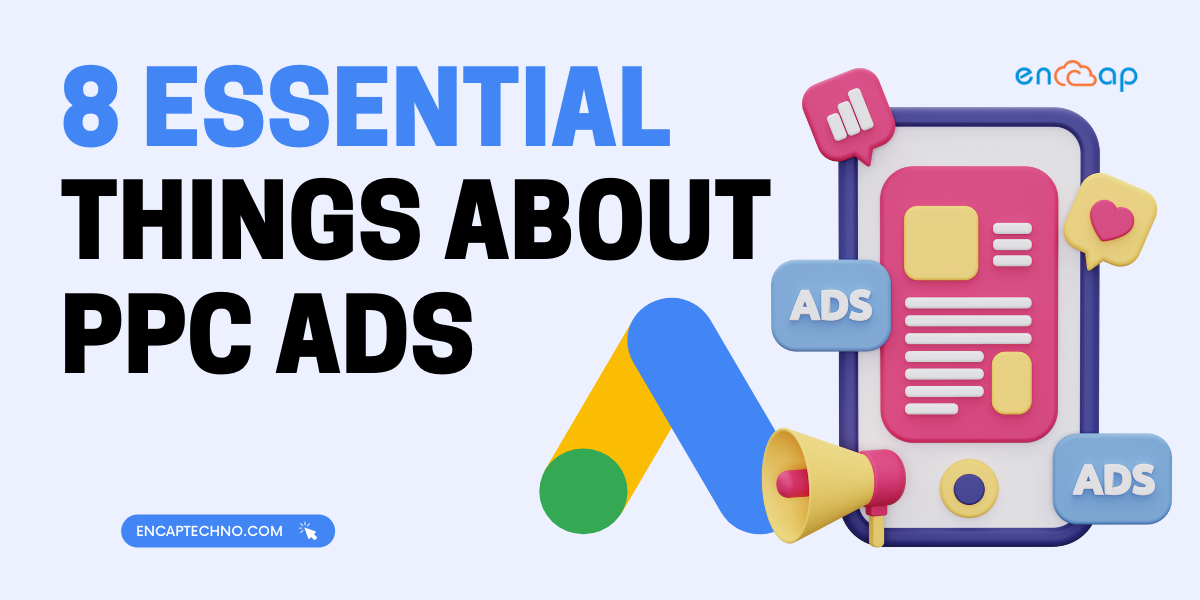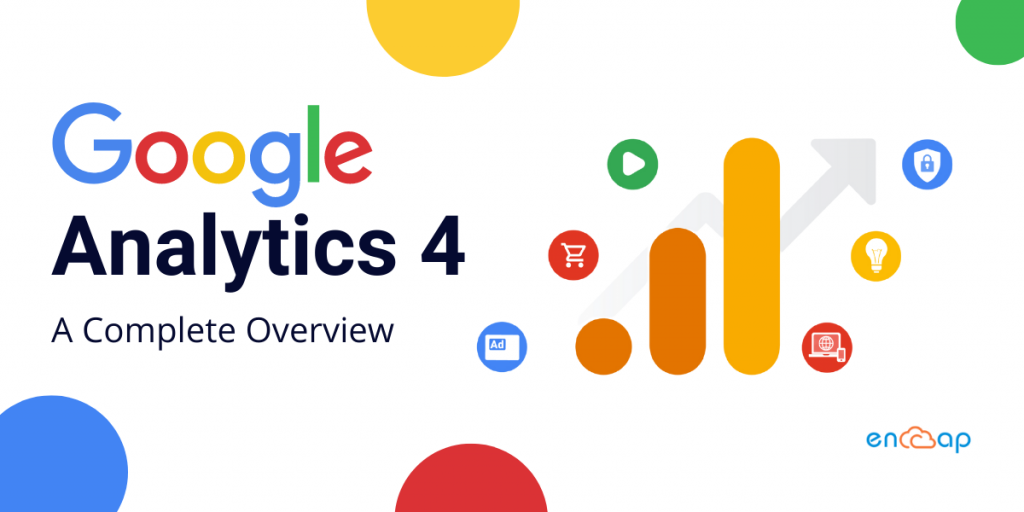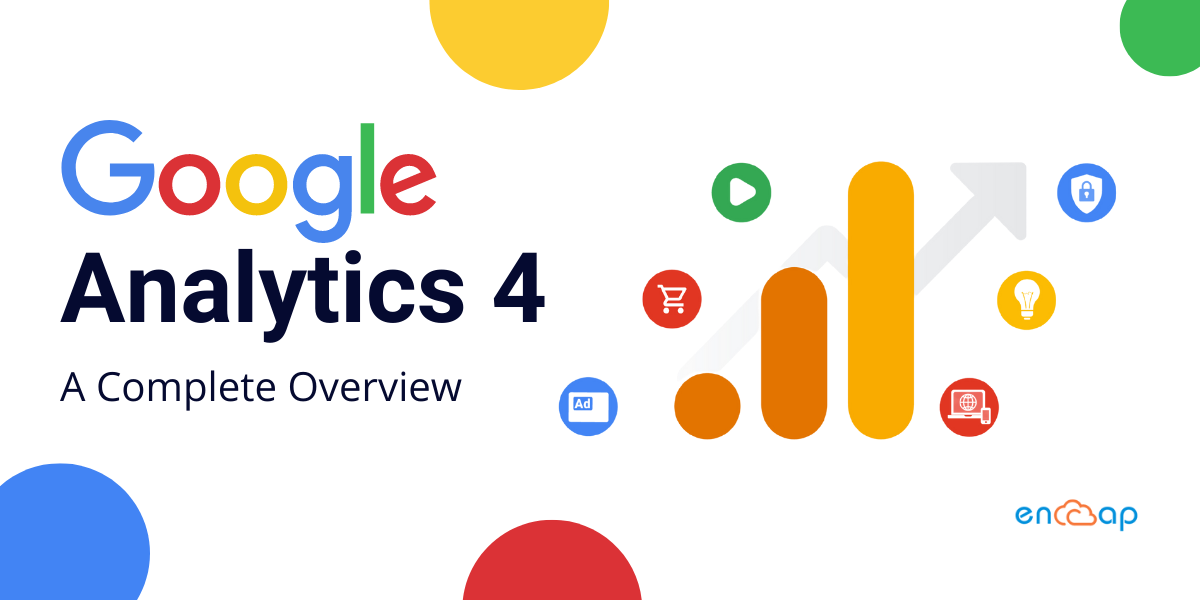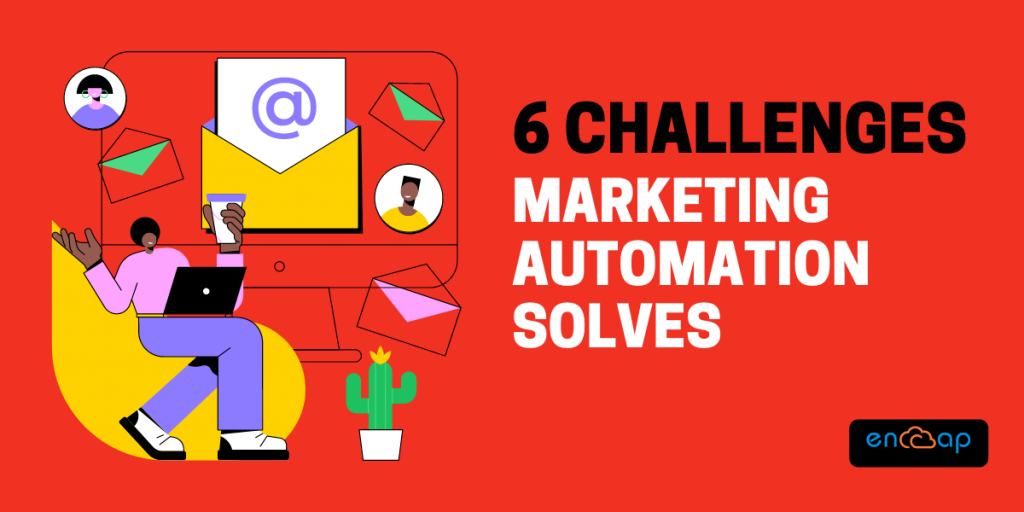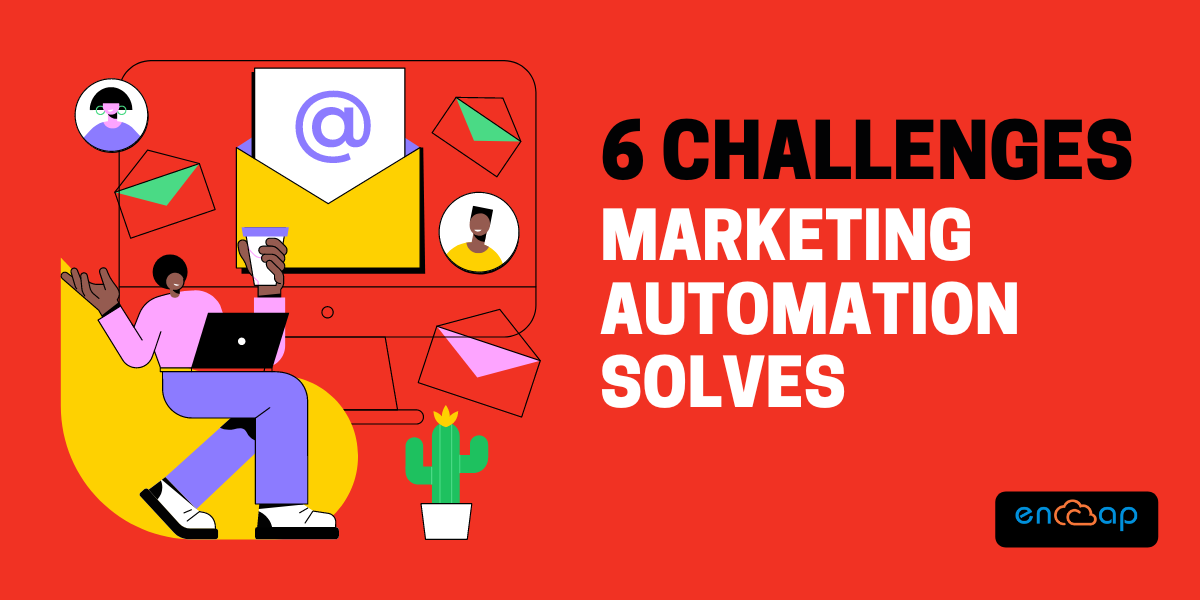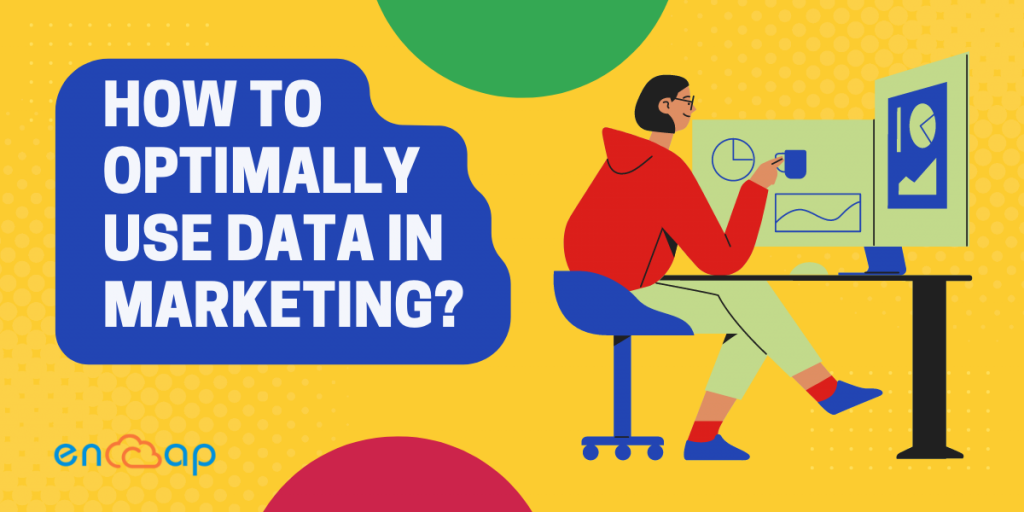How to Develop a Content Marketing Strategy in 6 Easy Steps?
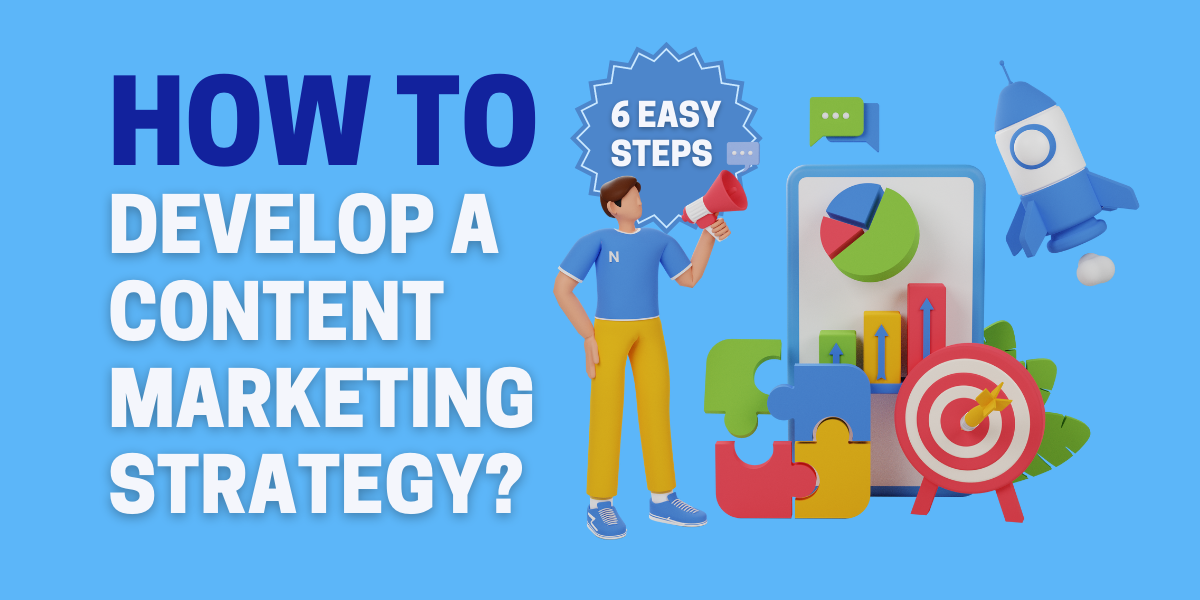
It does not matter if you have already started with content marketing or if you have been using a similar approach for some time. It is always a good idea to work on your content marketing plan while ensuring that it is always innovative, updated, and interesting for all customers.
Regardless of who intends to purchase your products and services, the content marketing plan must be comprehensive and targeted. While the content marketing plan continues to grow in popularity, creating social media posts and blogs will not be enough for impacting the bottom line.
There must be a holistic strategy that allows you to succeed in content. Developing this strategy also supports the lead generation strategy and helps attract a clearly defined audience while generating profitable customer action.
In this blog, we will follow an in-depth guide on how to create a content marketing strategy for your business. In case you have been facing any challenges in planning for the coming year or require new ideas for your plan, then please keep reading.
What is a Content Marketing Strategy?

A content strategy is like a plan needed to use the content to achieve business goals. You can use this content strategy for attracting your audience at each step of the funnel while also keeping them engaged even after they have made a purchase.
For example, let us say that the overall goals of your business are about increasing brand awareness. To ensure this happens, you must implement a content marketing strategy focused on improving the search engine results. The plan should be such that it drives traffic to your products and services.
Many new business owners may assume that a good content strategy is important, but the fact is that it is not so early on in your business. The truth is that producing high-quality content is invaluable in building trust with not just the present but also the new audience. It helps in creating authority in the market and also helps to succeed in the long run.
Therefore, a good content plan is more like the foundation of attracting and pleasing an audience in a buyer’s journey. Other than attracting prospects to your brand, you can leverage a plan for customer satisfaction and sales enablement.
Most marketers actively invest in a content marketing plan, which is why it is important to develop one that can stand out in your industry.
Things to Keep In Mind While Creating a Content Marketing Strategy
1. Readers of Content
You must know about your content’s target audience and how many audiences must be targeted for content creation.
Think of it this way, a business can have more than one kind of customer easily. Similarly, a content marketing plan can also cater to more than one type of user as well.
Using a wide range of content channels can help you in delivering content that is customized to each persona.
2. Solving Audience Problem
A product and a service should solve a problem that the audience is facing. The content you create should teach your target audience about a problem so that they can identify and address it as well.
The fact is that a good content marketing strategy will be able to support people on both sides of a product or a service. These people are the ones who are still trying to gain clarity on what the main challenges are, and the ones who are using a product or service are already overcoming the challenge.
The notable thing is that the content reinforces the effective solutions that your business is offering. It also helps you to build credibility with your target audience.
3. Your USP
It is likely that your competition will be selling similar products and services as you, which also means that your potential customers must know what makes you better or, at the very least different from others.
It is possible that your primary asset could be that your company has been formed for many years. On the other hand, it is also likely that you may have a unique brand image that can make you stand out from your competition.
If you wish to prove why your brand is worth engaging with, you must prove why you are worthy of listening to it in the first place. After you are clear about this message, you can create content that permeates this message.
4. Content Formats
You must have an understanding of all formats that must be focused on while creating content. It is important to meet your target audience just where it is. You have to find out where your audience is passing its time.
If you do not then you will just be wasting time by creating content that will either fail to reach your audience or attract their attention. After you find the best formats for your brand, you can start creating a budget that can assess which resources can be allocated for executing a strategy.
5. Publishing on Channels
As you can create content in a wide range of formats, you can also easily publish it on various platforms as well. From creating content for your website to social media, the options are endless. This is also something that will reflect where your audience lives.
In case your audience chooses long-form video content, then you might as well choose to publish your content on platforms such as YouTube. On the other hand, if you have a younger audience, then choosing platforms such as Instagram and TikTok can be useful.
6. Aligning Content Creation and Publication
When you have got everything mentioned above in place, it is now time to create and even publish the content in an alignment. Who is creating what, where will it be published, and when is it going to be live?
When you have a small team, this can be an easy thing to achieve because you are the sole decision-maker. However, with the growth of your company, you will be required to collaborate with many teams so that you can finally figure out an effective process.
At present, content marketing strategies can be used for preventing clutter as it is easy to manage content from one standpoint. When it comes to planning a content calendar, you can easily see a company’s message and even assert yourself as an authority in the market with time.
Steps to Create a Content Marketing Strategy
1. Define Your Goals
A good way to develop a content marketing strategy is by defining a clear goal for what you want the content to do. This can very well be a brief statement that makes it simple to focus on what is important and what is not. Create your content in a way so that the strategy can stay on track.
The goal should include what your audience can get from your content marketing plan. You should also think about what your business can possibly get from your business. This is where the business goal comes in.
In general, content marketing is done to improve revenue because of a content marketing strategy. It can also be used for making more sales and getting more leads which further helps in meeting your revenue goals. You can get more traffic on your website with good content, as more traffic will lead to better opportunities for meeting your goals.
In addition, you can improve the business perception so that you have a better influence and authority as a thought leader in your industry. Make sure that you factor in the search engine ranking factors so that they lead to more traffic.
Go ahead and reduce your costs so that the content becomes considerably effective. Also, remember that social media engagement can also help in boosting traffic and authority so that must be focused on too. After you have clarity on your goals, it is now time to move ahead to create a buyer persona so that the content can be created around it.
2. Create a Buyer Persona
For developing a successful plan, you should be able to properly define the target audience of your content which is otherwise called a buyer persona. This is important for everyone who is starting a business and is new to marketing.
Once you have clarity about your target audience, you can always produce considerably relevant and valuable content that the audience wants to read and convert on. In case you are an experienced marketer, your target might have changed.
You must know if you wish to target a new group audience or work on expanding your current audience. In addition, you should also know if you wish to keep your target audience the same or not. Go back and revisit the audience parameters by carrying out market research every year so that your audience can grow.
3. Carry Out an Audit
Right from the beginning, most brands begin with creating blog posts before anything else. They will hire a digital marketing agency to create on-site and off-site blogs in the starting.
However, if you wish to start with different formats, you can carry out a document audit for assessing the top-performing and low-performing content types as well. This information can be used for informing which direction you should take next.
If you have been in the business for some time now, then you should take your time to review the content marketing efforts and the usual results that it brings. Try to know what you can do differently in the coming year and also set some new goals.
You can also take some time to align your team goals with the goals of your organization. It does not matter which stage you are in, but a content audit can help in finding what resonates with the audience. You can make an effort to find gaps in the clusters and look for new ideas well.
4. Plan a Calendar
The process of planning content enables you to allocate resources suitably. You can see which workflow is taking a longer time than was expected and also adjust your expectations accordingly.
An important element of planning efficient content is called prioritization. When you plan your actions, you will also be able to find the most important tasks that can be tested easily. While doing this, take your time to secure your content marketing strategy from important roadblocks while finding more opportunities that can help you experiment and improve your results.
You can also prioritize in many ways, including gains, the flow of the campaign, resources needed for creating the campaigns and the product or service launch. Make an effort to form a long list of themes that are likely to be effective and also relevant for a long time.
When you make a decision on whether to choose a topic or just assess it, you should be focused on the usefulness of the topic. You can use tools for automating this process.
5. Create Your Content
The overall content quality must come before all else. This includes your desire to get ranked quickly and even produce more quality content. Whether you create the content yourself or you employ a digital marketing agency for creating it, make sure that it is completely original.
It is not likely to capture the attention of the intended audience if you do not create original content. You should be willing to invest in people and resources so that you can do your research, come up with ideas, and even implement them into engaging content pieces.
Avoid creating content that is based on a detailed analysis of other pages while talking about the same topic. Take a step ahead and work on creating unique data, research, and opinion on each content piece. This way, you will be able to build brand credibility and also establish the trust of your audience.
6. Publish Your Content
A marketing plan can go beyond the kinds of content that you will create at last. It should also cover ideas on organizing your content in detail. Using a content calendar is going to help you in being on the right track when it comes to publishing a diverse and well-balanced library on the website.
Moreover, you can also create a calendar, especially for social media, so that it helps in promoting and managing your content on different sites. So many ideas that you think will be classic, but that said, you should not ignore timely topics as well. Even though they may not form most of your editorial, they help in generating more traffic.
Many brands depend on including popular holidays in their overall marketing efforts, but one does not have to limit things to important marketing dates. In case there are holidays that may appeal to the audience, it can be worth publishing on the blog or even on social media.
Conclusion
Although the methods mostly used for delivering content to the prospects can change continuously, the important principles stay the same. You can choose a good content marketing strategy based on customer choice and reliable data.
It doesn’t matter if you are just getting started. The point is not to get intimidated by this process. You must move at an optimal speed and take consistent action. As you go ahead in your marketing efforts, you will discover that content marketing will put you in a place where you overcome your competition.
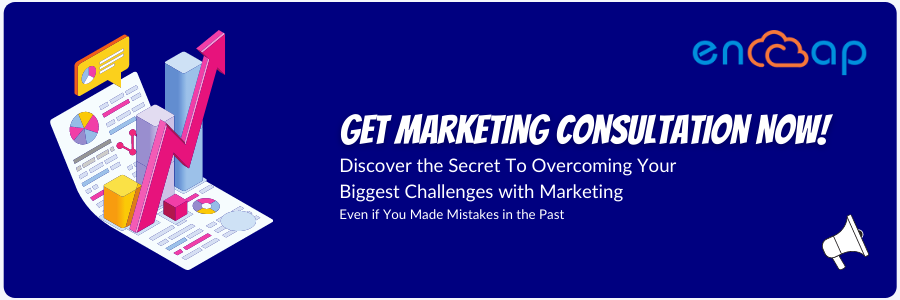
How to Develop a Content Marketing Strategy in 6 Easy Steps? Read More »
Digital Marketing
